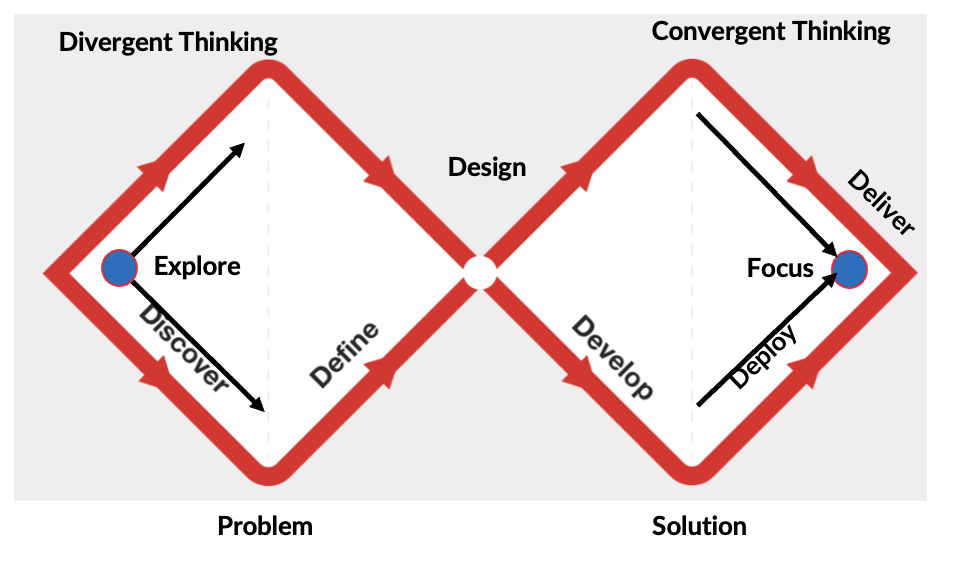Our Methodology
At Augesys, our methodology and expert management ensures these tools drive innovation, streamline operations, and maximize your organization’s potential.
Digital Transformation Strategic Advisory
We specialize in delivering transformative digital solutions that empower enterprises to achieve operational excellence and drive innovation. Leveraging the power of Microsoft products and our expertise, we offer comprehensive Digital Transformation Advisory Services that address the unique challenges of modern businesses.
Guide organizations through comprehensive change initiatives that leverage cutting-edge technology to optimize processes, enhance customer experiences, and drive innovation. By assessing your current digital maturity and identifying opportunities for improvement, we create a tailored strategy that aligns with your business goals. Our approach ensures a seamless transition, enabling your organization to stay competitive in an ever-evolving digital landscape.

Design Thinking Framework and Agile Methodologies
We follow the Double Diamond framework from the British Design Council, integrated with agile practices to ensure effective digital transformation.
Our 6-D Process
We organize ourselves based on a 6-D process. At the heart of the framework for innovation is design thinking methodology, the Double Diamond – a clear, comprehensive and visual description of the design process with the integration of agile methodology practices.
The big idea in this framework for innovation is that the problem is just as important as the solution.
This work by the Design Council is licensed under a CC BY 4.0 license
This work by the Design Council is licensed under a CC BY 4.0 license
Using 6-D Process
This process clearly conveys a design process to designers and non-designers alike. The two diamonds in the Double Diamond represent a process of exploring an issue more widely or deeply (divergent thinking) and then taking focused action (convergent thinking)
- Discover
The first diamond helps people understand, rather than simply assume, what the problem is. It involves speaking to and spending time with people who are affected by the issues.
- Define
The insight gathered from the discovery phase can help you to define (redefine) the challenge in a different way.
- Design
Once the challenges are identified, people are encouraged to find different answers to the clearly defined problem, seeking inspiration from elsewhere and co-designing with a range of different people.
- Develop
Converge ideas or answers into a focused solution that needs to be developed. During this phase we start off the development lifecycle following the agile development methods.
- Deliver
Implement solutions in phases with continuous integration and continuous deployment (CICD) with features being released that adds value to the customer.
- Deploy
Iteratively develop, test and improve the solutions at small-scale.
The design principles
The framework for innovation outlines four core principles for problem-solvers to adopt so that they can work as effectively as possible.
- Put people first. Start with an understanding of the people using a service, their needs, strengths and aspirations.
- Communicate visually and inclusively. Help people gain a shared understanding of the problem and ideas.
- Collaborate and co-create. Work together and get inspired by what others are doing.
- Iterate, iterate, iterate. Do this to spot errors early, avoid risk and build confidence in your ideas.
Creating a culture of success
The problems we face today require more than one idea, they require working with other organizations and supporting people to be part of the solution. As important as the process and principles organizations we adopt, is the culture of an organization and how it connects with citizens and partners.


